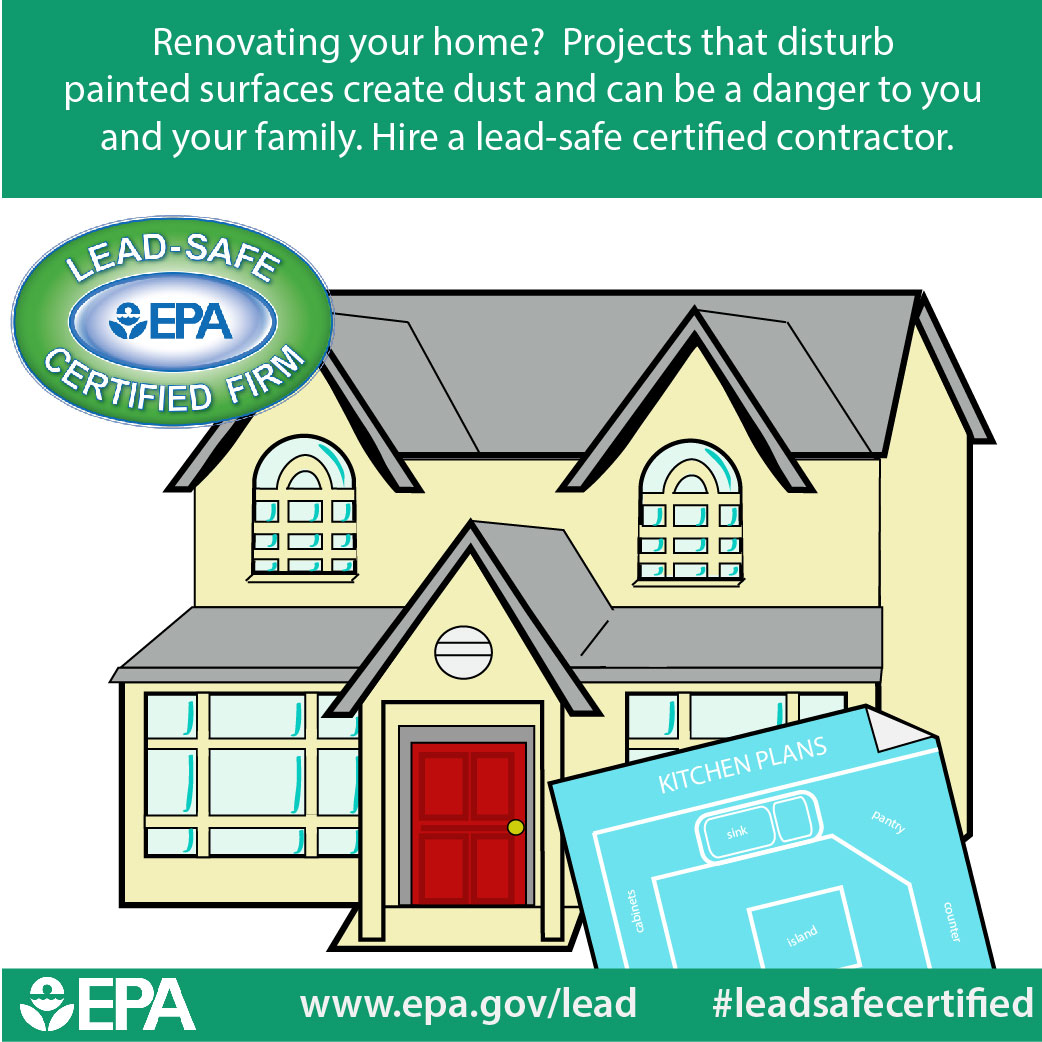Understanding The Differences In Between Exterior And Interior Paint: Secret Characteristics And Uses
Understanding The Differences In Between Exterior And Interior Paint: Secret Characteristics And Uses
Blog Article
Authored By-Ratliff Liu
When you're picking between interior and exterior paint, it's vital to recognize their basic distinctions that impact both efficiency and looks. Inside paints are crafted for reduced VOC degrees and smoother surfaces, making them excellent for indoor rooms, while exterior paints are developed to withstand harsh weather and UV direct exposure. Each type offers an unique objective, however recognizing when to utilize one over the other can substantially affect your project's result. So, what aspects should you take into consideration when making your selection?
Composition and Formula
When choosing in between exterior and interior paint, understanding their composition and formulation is vital. Interior paints usually include a lower amount of volatile natural compounds (VOCs), making them more secure for indoor air top quality. You'll observe they commonly have a smoother surface, which boosts their capacity to resist spots and permits less complicated cleaning. They're designed to endure the roughness of interior settings, including varying humidity levels and temperature level changes.
On the other hand, exterior paints are developed to sustain harsher conditions. They normally have higher degrees of pigments and additives to resist fading from UV rays, in addition to to avoid mildew and mold development. Their make-up consists of much more binders and materials, which offer far better bond to surfaces revealed to the elements. This makes certain the paint can hold up against rain, snow, and changing temperatures without peeling or splitting.
Performance and Durability
Evaluating efficiency and durability is vital when choosing in between interior and exterior paint. Interior paint is made for surfaces that experience less wear and tear. It generally withstands fading and scuffing, making it ideal for living areas and bedrooms. However, minneapolis home painting may not stand up well in high-moisture areas like kitchens and bathrooms without proper formula.
On sherwin williams paint consultation , exterior paint deals with harsher problems. It's crafted to withstand UV rays, rain, and temperature variations. This type of paint usually has additives that avoid mold and mildew and mildew growth, making sure longevity in various environments. When you use exterior paint, you can expect it to last a number of years much longer than indoor paint, supplied it's used appropriately.
Another essential distinction hinges on the finish alternatives. Interior paints frequently have a range of finishes for visual charm, while exterior paints focus on durability over luster. If you're searching for something that can handle the components, exterior paint is your best option.
In contrast, if you're focused on interior visual appeals with less issue for extreme conditions, indoor paint may be appropriate. Inevitably, your option needs to align with the certain needs of the setting.
Aesthetic Factors to consider
A fresh coat of paint can transform a room, however aesthetic factors to consider play a crucial function in your option in between interior and exterior options. When you're choosing paint, think of the state of mind you wish to develop. Interior paint permits you to explore a broader range of shades and surfaces, enabling you to express your individual design and enhance your home's ambiance. Whether you select soft pastels or bold hues, the ideal indoor paint can make your areas really feel cozy, vibrant, or serene.
On the other hand, outside paint needs to align with your home's architecture and the surrounding atmosphere. Here, you're not simply making a style declaration; you're also thinking about visual allure. Choosing colors that balance with your neighborhood can boost your home's worth and visual charm. Remember that outside paint is also based on fading and climate modifications, so choosing a timeless shade can conserve you from constant repainting.
Ultimately, consider how each alternative fits your vision. By aligning your paint option with your preferred aesthetic, you can produce rooms that show your character while maintaining performance.
Conclusion
When it concerns choosing paint, recognizing the key distinctions in between interior and exterior options is necessary. Interior paints focus on appearances and reduced VOCs, making them ideal for enhancing your indoor areas. On the other hand, outside paints are designed for sturdiness and weather condition resistance, safeguarding your home from the components. By considering your specific demands and the atmosphere, you can with confidence select the best paint to achieve the look and durability you want for your space.
